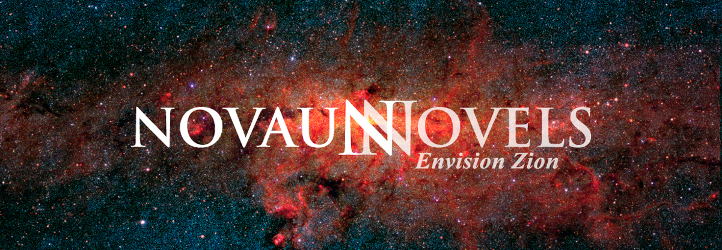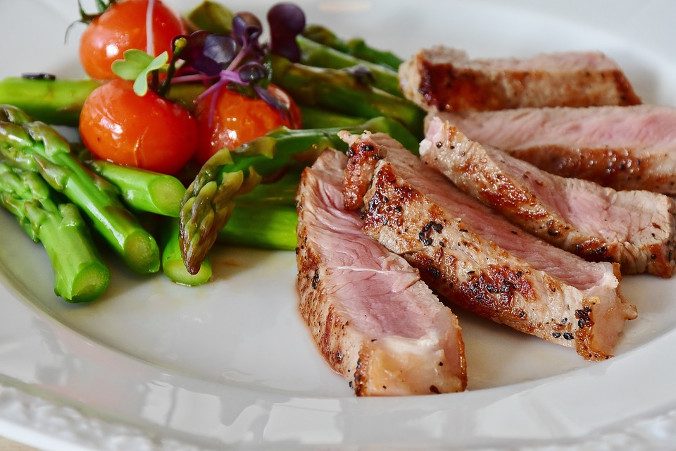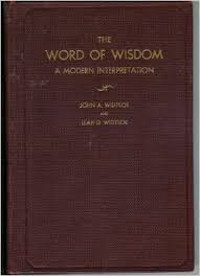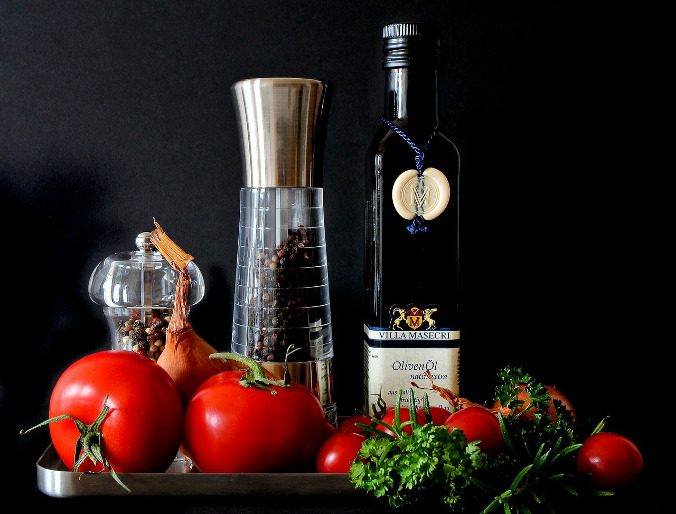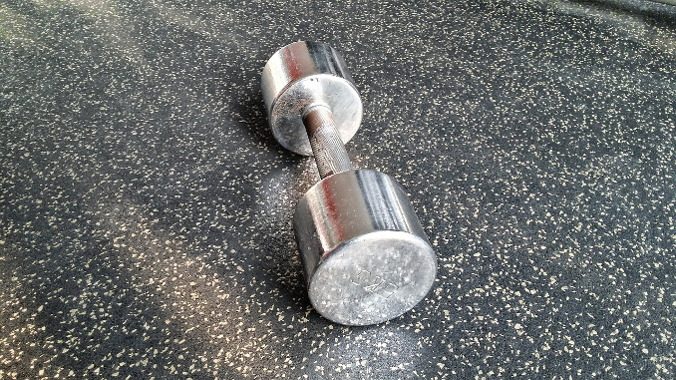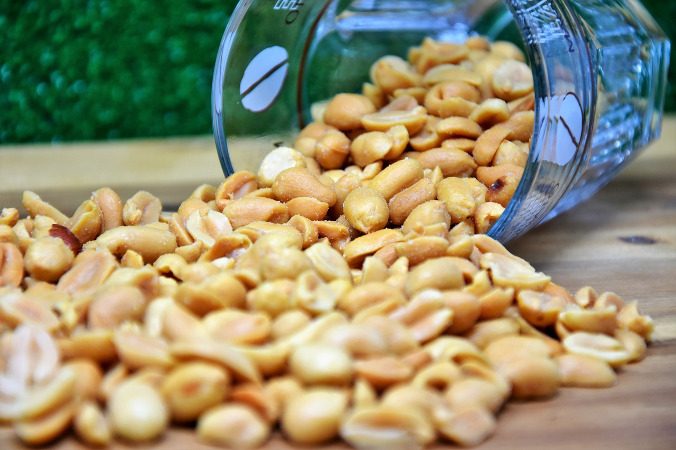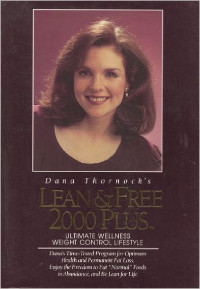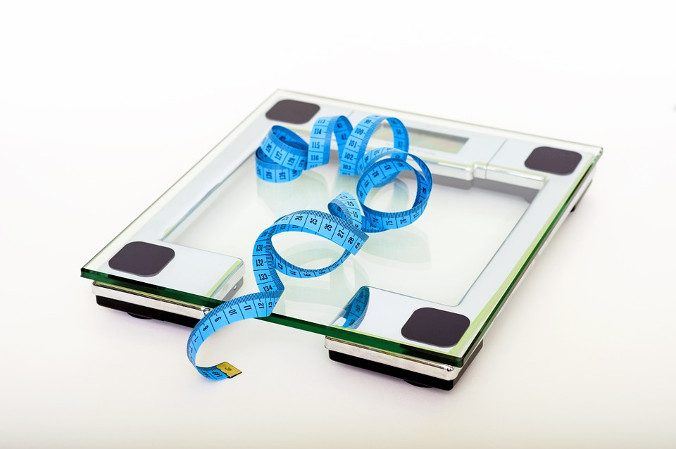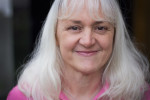I’m deviating from my normal blogging style for several months to share brief information about books that have significantly helped me obtain better health.
To read the first post in this series, “Books that Helped Me Lose 100 Pounds, Part 1: Introduction,” please click here.
To read the second post in this series, “Books that Helped Me Lose 100 Pounds, Part 2: The First 20,” please click here.
To read the third post in this series, “Books that Helped Me Lose 100 Pounds, Part 3: The Second 40,” please click here.
To read the fourth post in this series, “Books that Helped Me Lose 100 Pounds, Part 4: The Final 40,” please click here.
To read the fifth post in this series, “Books that Helped Me Lose 100 Pounds, Part 5: Cookbooks,” please click here.
Disclaimer: I’m not a doctor or a dietitian. I do not recommend or endorse a particular health regimen. My intention is to provide a few insights into what has worked for me at various times of my life. The information in these posts is no substitute for individual medical advice, and you use it at your own risk. These books, in the end, were not even enough for me. I lost the final 40 pounds by working with a registered dietitian. I talked about that in the fourth post of this series.
The Word of Wisdom: A Modern Interpretation, by John A. Widtsoe and Leah D. Widtsoe (LDS non-fiction)
“The Word of Wisdom, a code of health dealing primarily with human nutrition, was promulgated as a divine revelation in 1833 by Joseph Smith, the ‘Mormon’ Prophet. It is a part of the religious system of the Church of Jesus Christ of Latter-day Saints which declares that the care of the body is a sacred duty; and it has been practiced measurably by members of the Church with very favorable results.
“Three objectives have been kept in mind in the preparation of this book. First, to make clear the meaning of the Word of Wisdom in terms of modern knowledge. Second, to show that the learning of the last century confirms the teachings of the Word of Wisdom. Third, to furnish some information for the guidance, through proper nutrition, of those who seek to retain, improve or recover their health.”
Biographical note: John A. Widtsoe graduated from Harvard University with a degree in chemistry and went on to earn a Ph.D. in physiological chemistry (biochemistry) from the University of Göttingen. In 1921 he was called to be a member of the Quorum of the Twelve Apostles in the Church of Jesus Christ of Latter-day Saints. Leah D. Widtsoe was a renowned home economist.
This book was originally published in 1937 and is full of health information that was “modern” for its time. Eighty years have passed since then, and nutritional science has progressed by leaps and bounds. That being the case, how can this be the one book about health that I wish I had read sooner?
Continue reading